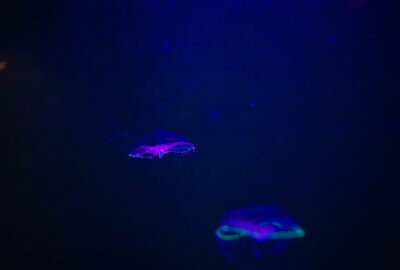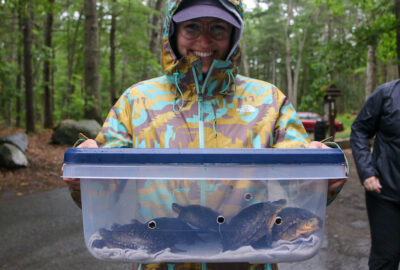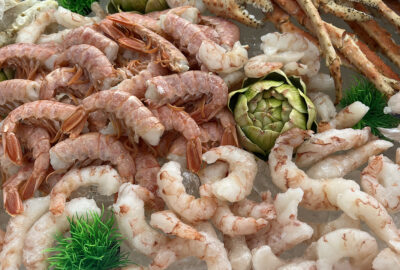How Our Environmental Quality Team Works to Promote Animal Well-Being
By New England Aquarium on Wednesday, August 23, 2023

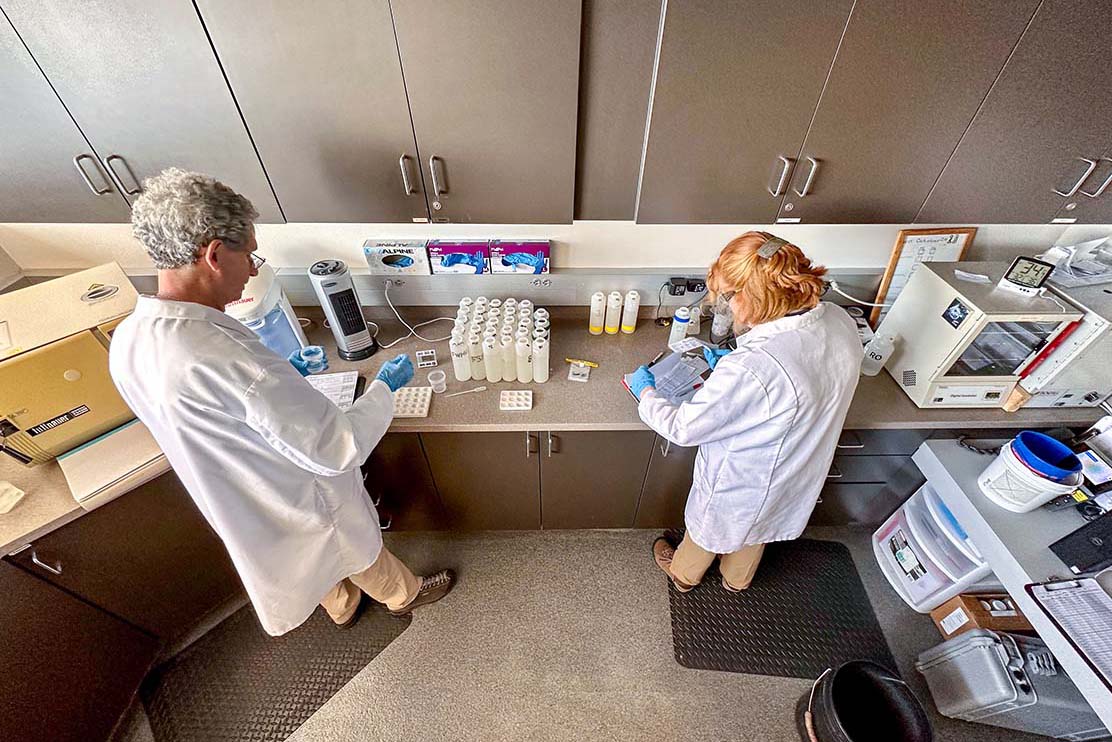
Each day, our Environmental Quality team maintains the water at our Quincy Animal Care Center and at the Aquarium—which adds up to over 800,000 gallons of water! Here, we caught up with Nina Fischer, the director of Environmental Quality, to learn more about her team’s work.
Where does the water at the Aquarium and Quincy Animal Care Center come from?
We use salt water from Boston Harbor and Weymouth Fore River. Our freshwater at Central Wharf is city water that we treat to remove ammonia, chlorine and adjust pH. In Quincy, we only have one freshwater system, so there is less need. We treat city water in batches there.
What does a typical day in your role look like? How often do you run tests?
We test the water every day and some systems twice a day (or more if there is an issue). Most of our morning is spent testing water samples and entering data.
We start our day by collecting water samples from the major exhibits, intake, and discharge water. Aquarists will bring up samples from the smaller gallery tanks to the lab for testing. What we test for depends on the system we are looking at. We have a schedule so that we get a sample for every system at least once per week. Most of our testing is completed in the morning, but we have a few things that we check in the afternoon. We also take care of equipment maintenance and calibrations. And we do air testing in our bird spaces.
At our Quincy facility and at Central Whaf on weekends, Animal Care staff members pitch in to help with this work.
What kinds of things are you measuring or looking for in the water?
We look at a lot of different things: Temperature, residual oxidants (chlorine and bromine), dissolved oxygen, pH, salinity, nutrients (ammonia, nitrite, nitrate, phosphate), calcium, alkalinity, some drugs that we use to treat systems, bacteria (Enterococcus, total coliforms, E coli).
If we are adjusting or trying to keep things stable depends on what we are talking about. For instance, if pH is right where we want it, we will try to keep it there for example, but if it is a bit on the low side, we target a slow and gradual increase.

Is what you’re measuring different across different exhibits?
Yes, what we test for depends on the system. We test calcium in coral tanks or systems with shell-forming animals, for example. Also, the acceptable limits are different for systems depending on what animals we are keeping. Some tests are required by the USDA (for mammals) or AZA Care Manuals, so we make sure we cover all of those, too. For most systems, there are no external guidelines, so we have target ranges that are set internally by discussions with the husbandry, veterinary, and Environmental Quality staff.
How does your team work with and analyze the data you collect from running tests?
All of our data gets entered into Tracks along with our husbandry and veterinary records, so everything is in one place for easy access and cross-referencing. We also use Excel for graphing and data analysis.
Evaluating data is a routine part of our processes, and it’s easy for other staff to access as it all lives in the same database, so our vets can just look at the water quality themselves when a new case comes up. We have conversations, of course, but it is easily accessible to anyone who needs it, which is very helpful. A recurring issue in the Giant Ocean Tank, for example, had us carefully evaluate the data over 15 years or so.
Why is water quality so important at the Aquarium?
Poor water quality and parameters outside of the desired target ranges lead to stressed animals that are more prone to get sick. We are the first line of defense; the earlier we can detect a problem or a trend going in the wrong direction, the more likely we are able to address it before it negatively affects our animals. We try to replicate the natural environment as closely as possible to provide the best care for our animals.
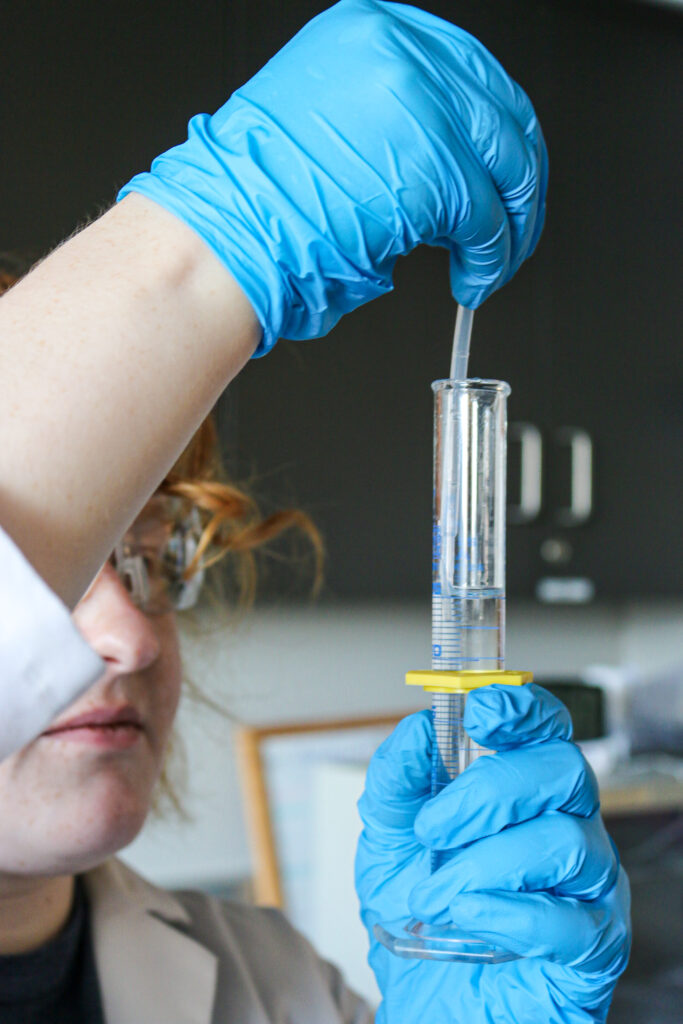 Water Quality Quick Facts
Water Quality Quick Facts
- The Giant Ocean Tank system has ~230,000 gallons of H2O (including life support)
- Our freshwater comes from city tap water, and our saltwater is from the Boston Harbor + Quincy Bay
- In the past year, the average water temp in the penguin exhibit was 60.2°F
- Common components we use to filter water: protein skimmers, UV light, sand filters, heat exchangers, heaters, chillers, degassing, and pumps to move water through the system
- The Indo-Pacific Coral Reef exhibit is the largest gallery tank with ~10,105 gallons of water
- Total gallons of water managed (including Quincy): 846,506

